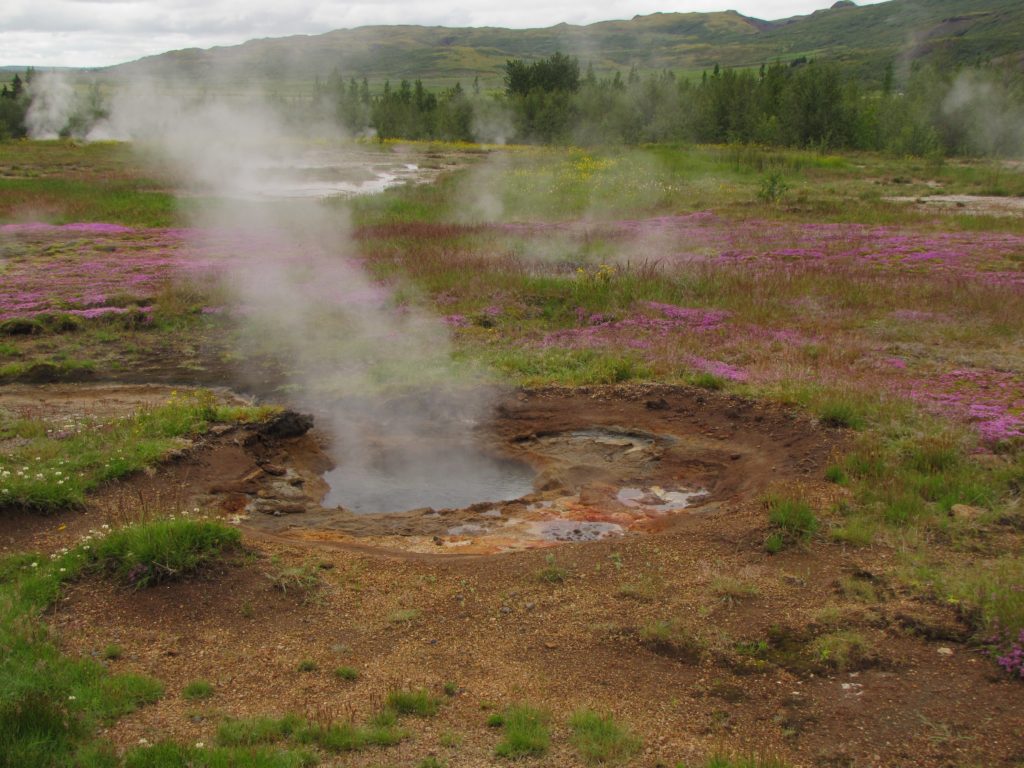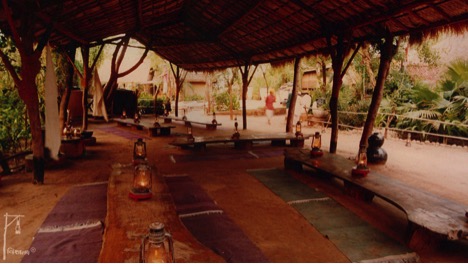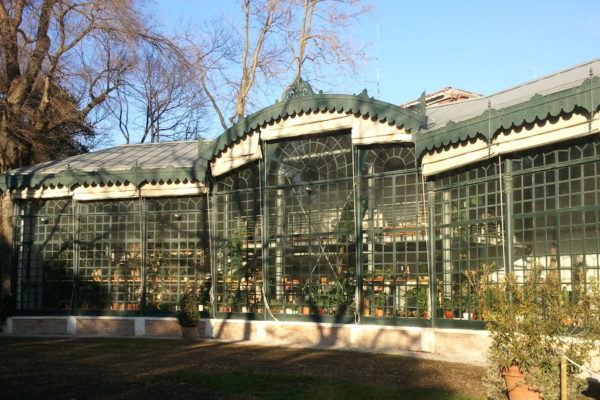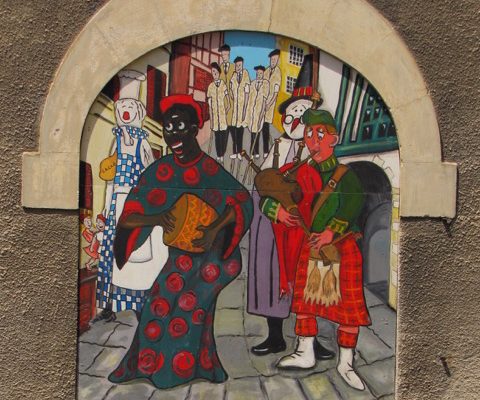Iceland stole the headlines in the month of June 2016, when their astronomical rise in the world of men’s association football / soccer became noticed by the rest of the world at the European Championships in France. Never mind that the women’s soccer team had already achieved far more than their male counterparts being in the world’s top 20 rankings.

The name Iceland itself conjures up an image of a permanently glaciated backwater island close to the North Pole. It is anything but. It may sit right underneath the Arctic Circle but enjoys unusually mild weather all year round. While it bears the brunt of the various annual or random storm systems swinging through the North Atlantic, winters do not see temperatures too far below zero Celsius and summer temperatures above 25 degrees Celsius are perhaps possible when no wind is blowing (for, like, a micro-second) or if you sit right on top of a volcano.
I may be overstating the volcano example a bit, but maybe not. Iceland is a very young island, geologically. One could argue that it is the youngest independent island in the world if you consider rock formations as citizens. Around 60 million years ago, the mid-Atlantic ridge started spilling lava above the sea level. Gradual eruption, cooling, and settling led to the formation of Iceland around 17 million years ago. The hostile beginnings are still obvious today with the vast ancient lava fields still visible, and notably from the journey from the Keflavik International Airport to the capital city, Reykjavik. The sometimes sharp, sometimes gentle mountain undulations left me in awe.
Life didn’t fully establish itself here until long after. The winds and the ocean brought seeds and whatever plant parts that could take advantage of the rich volcanic soil. The Artic Fox made an entry during the last Ice Age when larger glaciers created land bridges allowing free movement of animals from other continents. The coastal shores teem with abundant birdlife, mostly famously the Puffin, particularly in the summer when migrating birds arrive to breed, nest and give birth to offspring.
People didn’t settle in Iceland until around 870 AD. A few hundred Norse people from Scandinavia, escaping the tyranny of the Norwegian Kingdom, arrived to start a new life, apparently with their Celtic slaves. Iceland seems to be more famous for raping, pillaging, and village sacking Vikings but we are also talking about the place that held the Althing, parliament, annually to make key decisions amongst the clan leaders, long before Europe embraced ancient Greek democracy. Iceland today has a fully functioning democracy that is over a millennium old. This fierce Viking reputation is probably a remnant of the oral tradition of storytelling, called Sagas. Yes- you’ve probably used the term ‘’Saga’’ in many situations concerning drama, either fictional or real life. Literacy was not high in Iceland in the middle ages. In fact, by the end of the Second World War (WWII), Iceland was still one of the poorest countries in Europe.
Iceland was not always independent. The clever Danes did manage to discover Iceland’s attractiveness and colonized it from 1027 (first under Norwegian then Danish rule). With Denmark being on the losing side of WWII (having been neutral but unfortunately occupied by Nazi Germany in 1940), Iceland declared independence in 1944. The nation then rose remarkably to be a beacon of survival and resourcefulness in middle of the Atlantic ocean, and yet punching above its own weight in self-determination, kitchenware revolutions, arts, music, culture, sports, tourism, fisheries, renewable energy, metals and even finance. I noticed glimpses of that old Viking thirst for self-sufficiency in Icelanders in the sometimes-feisty road manner, enthusiasm to explain their history and their engagement of any stranger on any possible topic concerning Iceland.
In Part II I will entice you to the touristic splendours of this unique, majestic Island.




